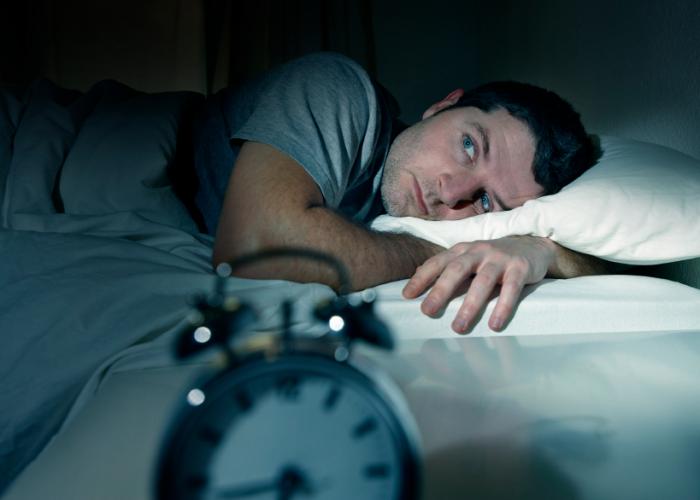
new procedure shows promise in reducing nighttime waking
Lead researcher Dr. Sandeep Bagla, an interventional radiologist at the Vascular Institute of Virginia, says that the lack of a full night's sleep due to waking in the night with an urgent need to visit the bathroom can significantly affect quality of life, and explains:
"For many men, the cause of their discomfort is an enlarged prostate and these results show men can live a more normal life once they've undergone PAE to address this condition."
Over half of men over the age of 50 have benign prostatic hyperplasia (BPH), or an enlarged prostate gland. Excess cell growth causes the gland to swell and squeeze the urethra that it surrounds. This interferes with urine flow. In very severe cases, affected men cannot pass urine at all.
BPH is not life-threatening, but it causes unpleasant and sometimes aggravating symptoms, such as weak urine flow, inability to empty the bladder completely and frequent urination at night. If untreated, the condition can lead to bladder stones, poor kidney function and infection.
What is PAE?
PAE is a relatively new interventional radiology treatment for BPH. It is not as invasive as other treatments that use surgery; it is usually performed on an outpatient basis, allowing many men to go home the same day.
The treatment involves inserting a catheter into the femoral artery and guiding it to the prostate artery on both sides of the enlarged gland. The catheter delivers tiny plastic beads into the artery to block blood flow, causing the prostate to shrink.
Dr. Bagla says interventional radiologists are probably the best specialists for carrying out PAE because they know all about arteries, how to use microcatheters and have experience of carrying out other types of embolization.
PAE is not yet approved by the Food and Drug Administration (FDA), but the agency is working with interventional radiologists, and it is thought the technique could become part of standard care for treating BPH within the next 5 years or so.
PAE reduced urinary symptoms and improved quality of life
For the retrospective study, the team analyzed data on 68 men with BHP and lower urinary tract symptoms who underwent PAE.
Before treatment, the men filled in a symptom index about the severity of their urinary symptoms, with scores ranging from 0 for no symptoms to 35 for very severe symptoms. They also completed quality-of-life surveys and were asked how often they had to urinate at night.

Leave your comment
Your Comment:
Note: HTML is not translated!
Enter the code in the box below: